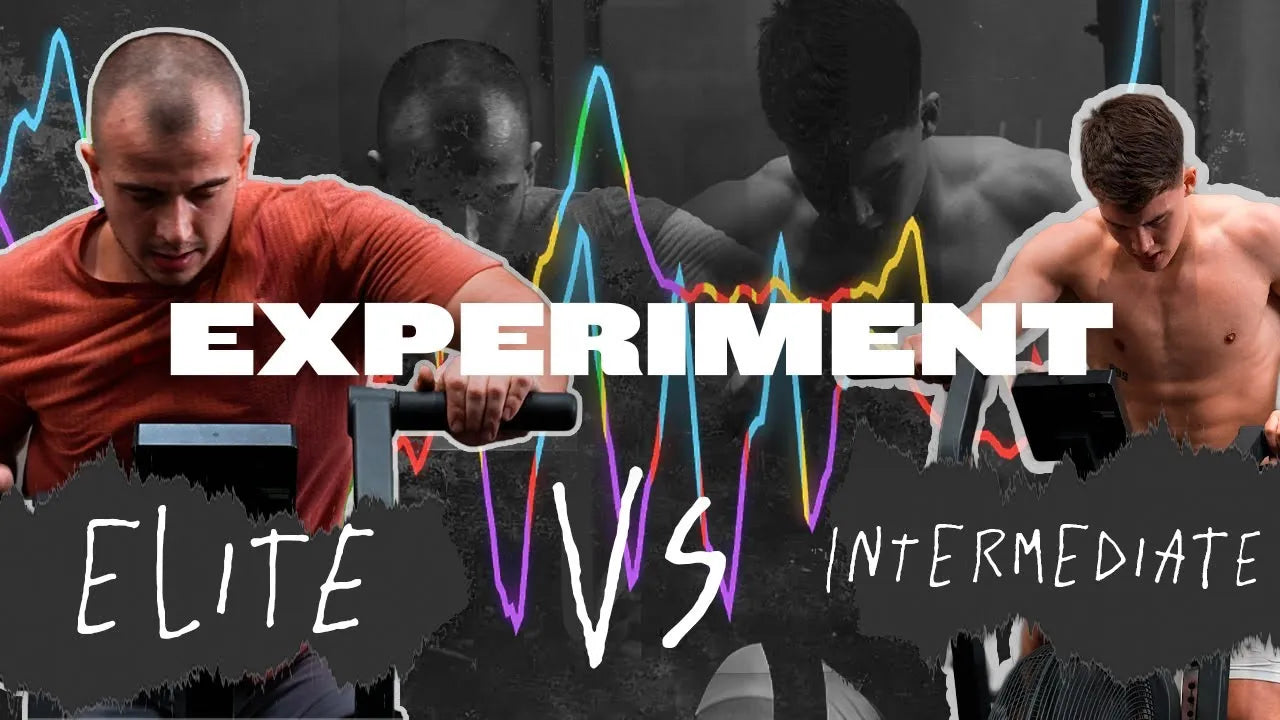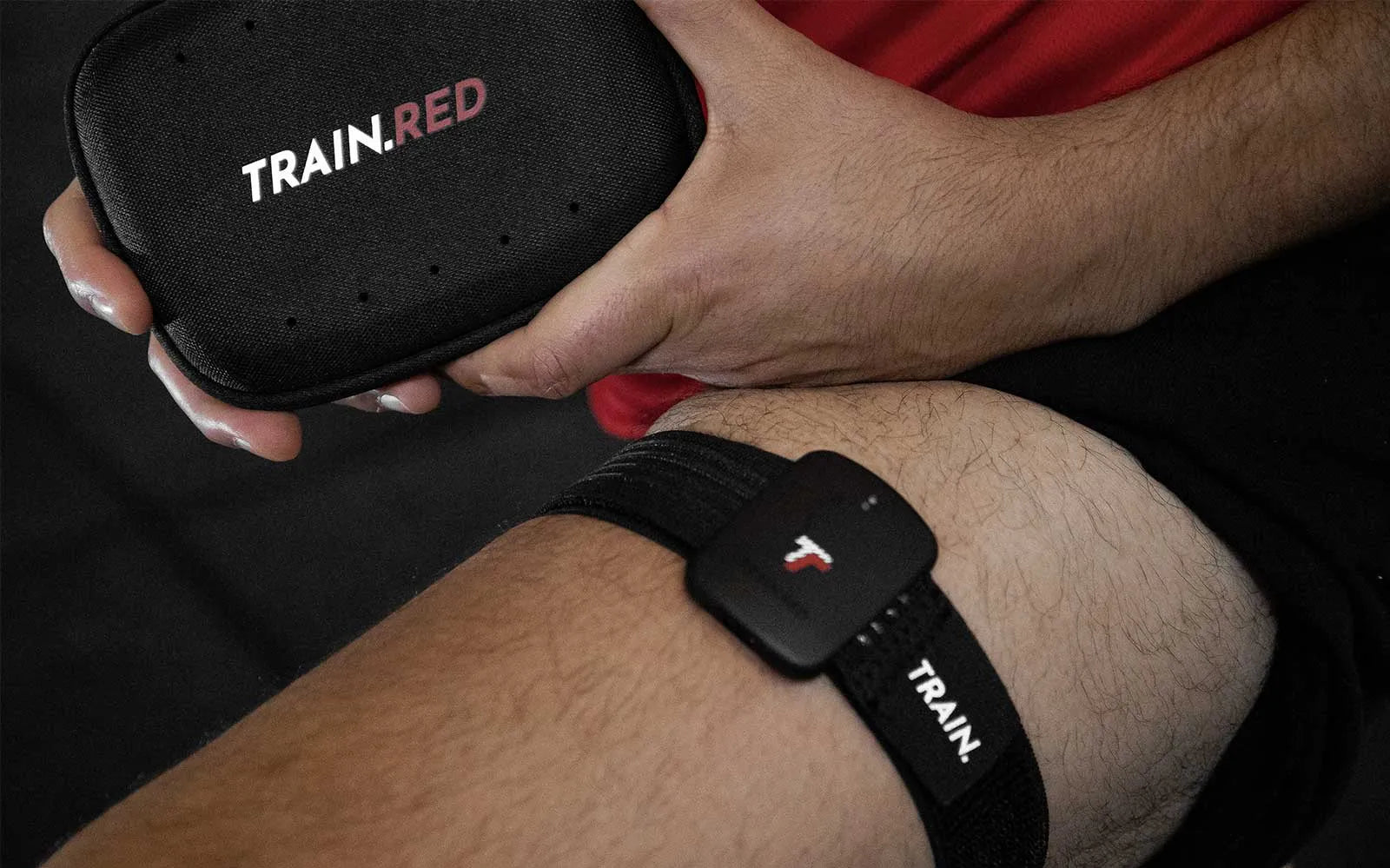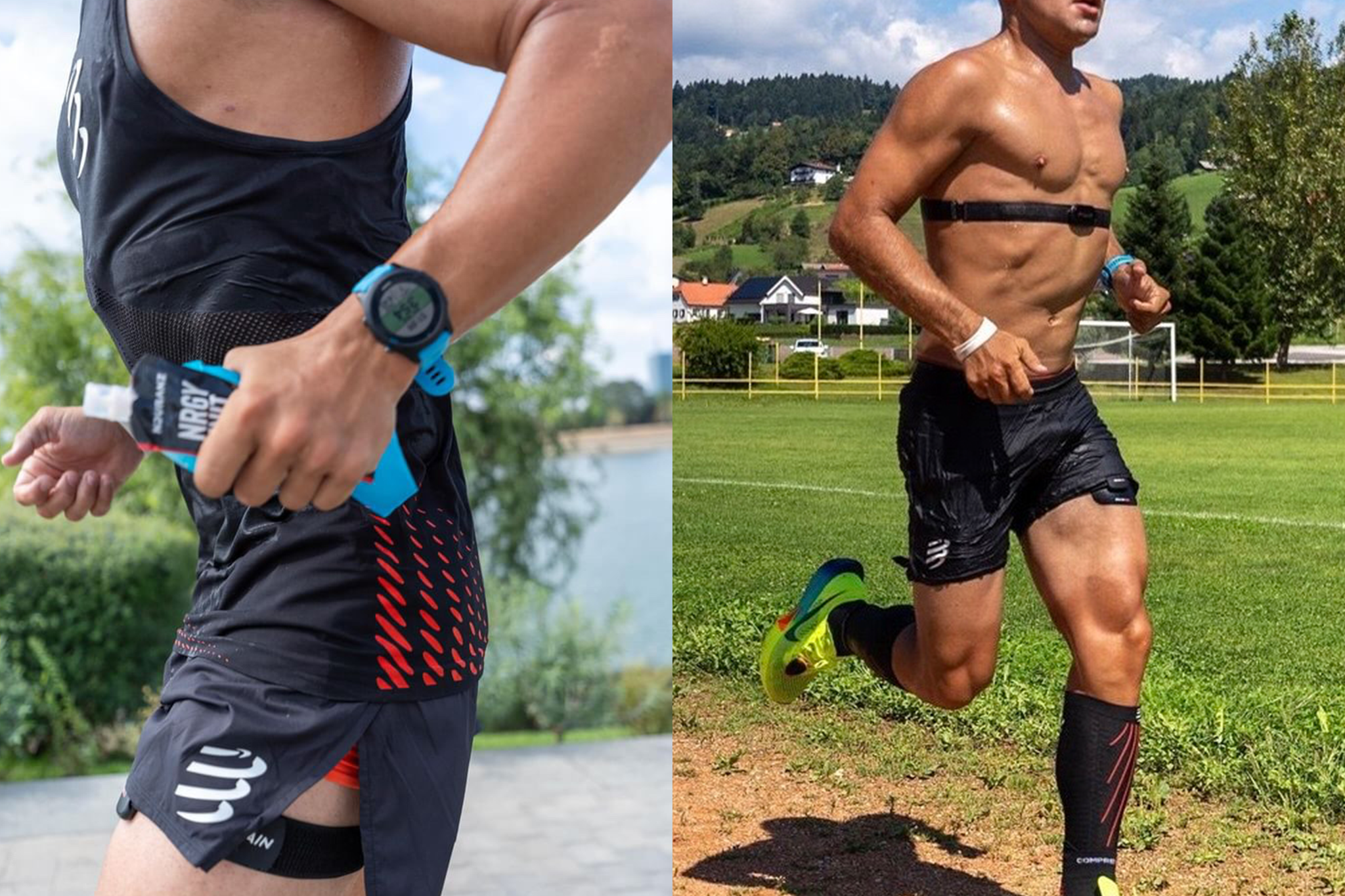The Progrm's recent experiment with Train.Red's muscle oxygen sensors offers a groundbreaking look into these differences, revealing how such advanced technology can revolutionize training strategies and sports performance.
Unpacking Muscle Oxygen and Athletic Performance
Muscle oxygen sensors are groundbreaking devices that measure the oxygen saturation levels in muscles in real time. This data is crucial for athletes and coaches to understand how efficiently muscles are utilizing oxygen during intense workouts. Train.Red’s devices were spotlighted in a recent experiment by The Progrm, aiming to compare the physiological differences between an intermediate athlete and an elite competitor.
The experiment involved two athletes, Luca and Joel, who were equipped with Train.Red's muscle oxygen sensors on their vastus lateralis – a key muscle group in the quads responsible for knee extension. This setup provided a unique opportunity to observe and analyze how muscle oxygenation varies with intensity and workload, offering insights into the athletes' performance and endurance.
The Experiment and Findings
Both athletes wore our muscle oxygen sensors on their vastus lateralis muscle, a key component of the quadriceps. They underwent a challenging workout composed of Echo Bike and front squats with progressively increasing weights, designed to test their limits and showcase the sensors' capabilities.
A pivotal insight was not just the observable need for rest between the athletes but the underlying muscle oxygen utilization and recovery patterns revealed by the sensors. While it's apparent to the naked eye that one athlete might need more rest than another, the sensors provided a quantifiable measure of oxygen consumption and recovery. They showed that one athlete's oxygen levels remained stable, indicating efficient oxygen use and quicker recovery, while the other's fluctuated more significantly, pointing to higher muscle stress and longer recovery periods. Notably, the "intermediate" athlete, who is still remarkably fit by general standards, exhibited a faster increase in muscle stress compared to the "elite" athlete.
Luca VS Joel
One of the key observations was the difference in muscle oxygen desaturation between Luca and Joel. Luca, with a stronger base and higher capacity, maintained more stable oxygen levels, indicating efficient oxygen utilization and superior endurance. On the other hand, Joel exhibited more fluctuation in oxygen saturation, requiring more frequent breaks to recover, suggesting that his muscles were working closer to their maximum capacity and were less efficient at utilizing oxygen.
Implications for Training and Performance
This experiment underscores the significance of muscle oxygen monitoring in sports performance. By understanding the oxygenation trends, athletes and coaches can tailor training regimens to improve efficiency, endurance, and performance. It highlights the importance of incorporating muscle oxygen sensors, like those from Train.Red, into training protocols to gain deeper insights into an athlete's physiological state and capacity.
Furthermore, the data gathered from muscle oxygen sensors can inform strategies to optimize workout intensity, recovery times, and overall training effectiveness, enabling athletes to push their limits while minimizing the risk of injury.
The experiment underscores the importance of personalizing training approaches, possibly by using separate profiles for each athlete (e.g., different phones) to track and analyze data accurately.
Conclusion
The collaboration between The Progrm and Train.Red has illuminated more than the visible differences in athletes' performance; it has showcased the nuanced understanding of muscle oxygen dynamics that only advanced sensors can provide. This technology enables a deeper analysis of efficiency, recovery, and muscle stress, offering athletes and coaches precise data to tailor training for optimal performance.
Muscle oxygen sensors stand out as essential tools for those aiming to push their limits and achieve peak performance. By leveraging the detailed insights these devices offer, athletes at all levels can gain a competitive edge, ensuring their training is as effective and informed as possible.
Explore Muscle Oxygen Sensors.



